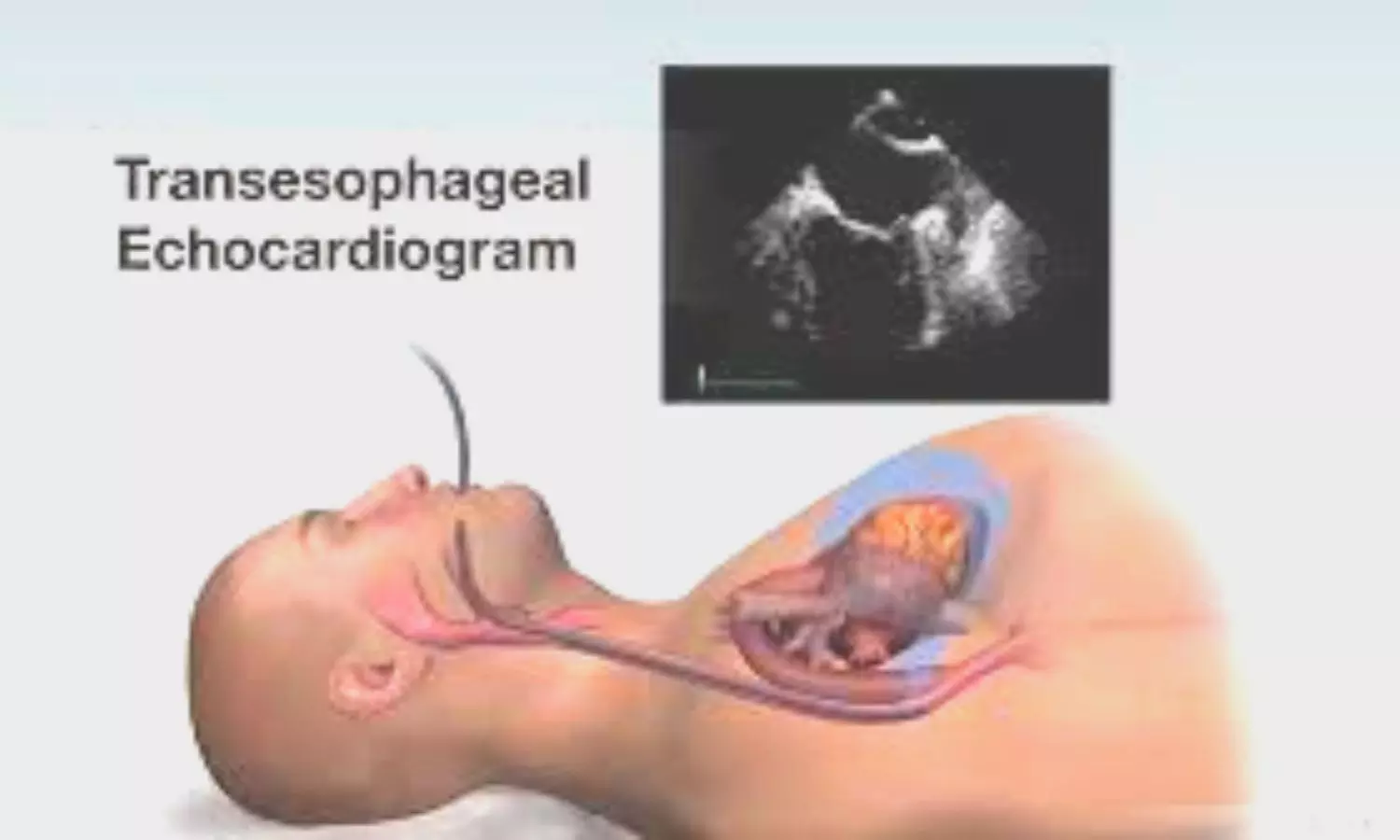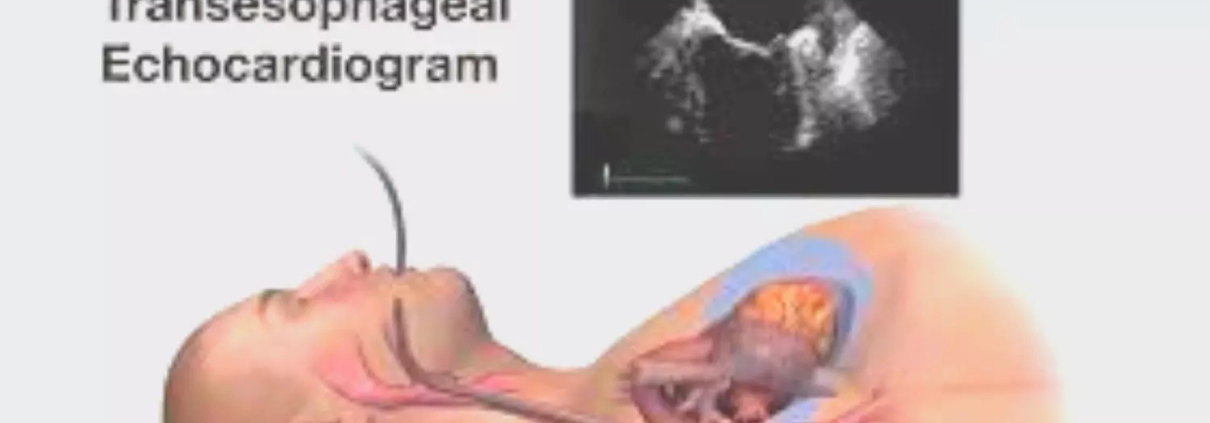Intraoperative transesophageal echocardiography crucial for identifying intraabdominal bleeding during cardiac surgery

Recently published paper presents a case where intraoperative transesophageal echocardiography (TEE) played a crucial role in identifying intraabdominal bleeding during cardiac surgery. The patient, undergoing ascending aortic aneurysm and aortic valve repair, experienced increasing vasopressor and transfusion requirement during sternal closure, and TEE imaging revealed nonspecific, hypoechoic fluid anterior to the stomach. This prompted further investigation, leading to the confirmation of intraabdominal bleeding and successful hemostasis.
Communication Challenges in the Operating Room
The paper emphasizes the significance of effective communication between surgical and anesthesiology teams in guiding intraoperative management. It discusses a study by Raemer et al., which identified “uncertainty about the issue” as a common reason why anesthesiologists may choose not to speak up, highlighting the complexities of communication in the operating room. The presented case serves as an example where an anesthesiologist spoke up despite uncertainty about suspected intraabdominal hemorrhage, ultimately leading to timely intervention and patient recovery.
Clinical Course and Decision-Making Process
The study details the patient’s clinical course, highlighting the challenges in identifying the source of bleeding and the importance of TEE findings in guiding the decision-making process. The paper also discusses the rarity of intraabdominal complications in cardiac surgeries and the limited prior cases of TEE identifying intraabdominal bleeding. The successful outcome in this case underscores the critical role of effective communication and interdisciplinary collaboration in promptly addressing intraoperative complications.
Significance of TEE and Communication
Overall, the paper underscores the significance of TEE as an intraoperative monitoring tool and the pivotal role of effective communication between surgical and anesthesiology teams in guiding intraoperative management, particularly in cases of uncertainty. It provides valuable insights into the complexities of intraoperative decision-making and highlights the importance of utilizing TEE findings and fostering clear communication to ensure prompt evaluation and intervention, ultimately leading to improved patient outcomes.
Reference –
Mansoor A, Singhal A K, Hanada S (November 01, 2023) Transesophageal Echocardiography Assisting in the Identification of Intraabdominal Bleeding During Cardiac Surgery. Cureus 15(11): e48105. doi:10.7759/cureus.48105.



